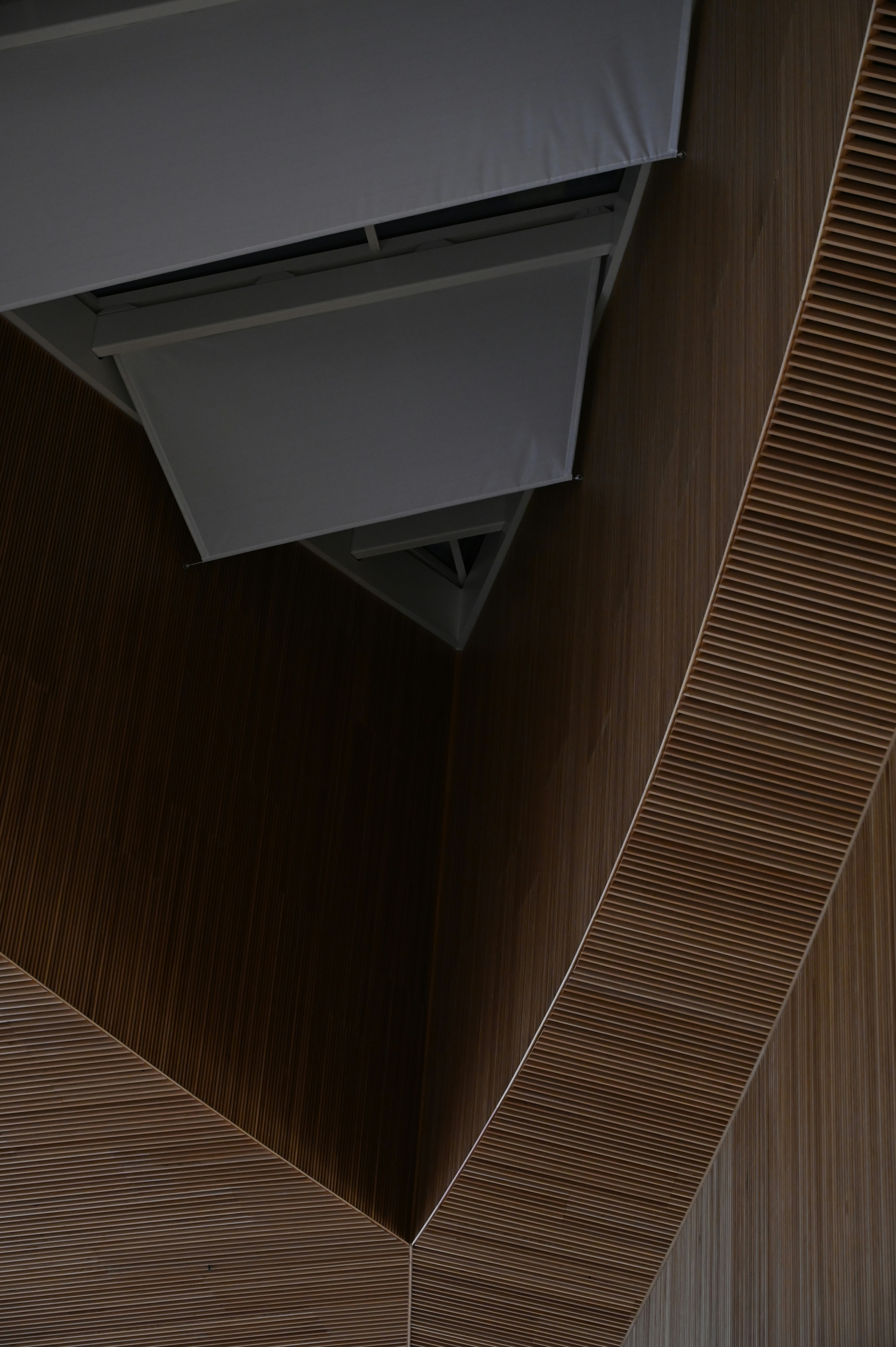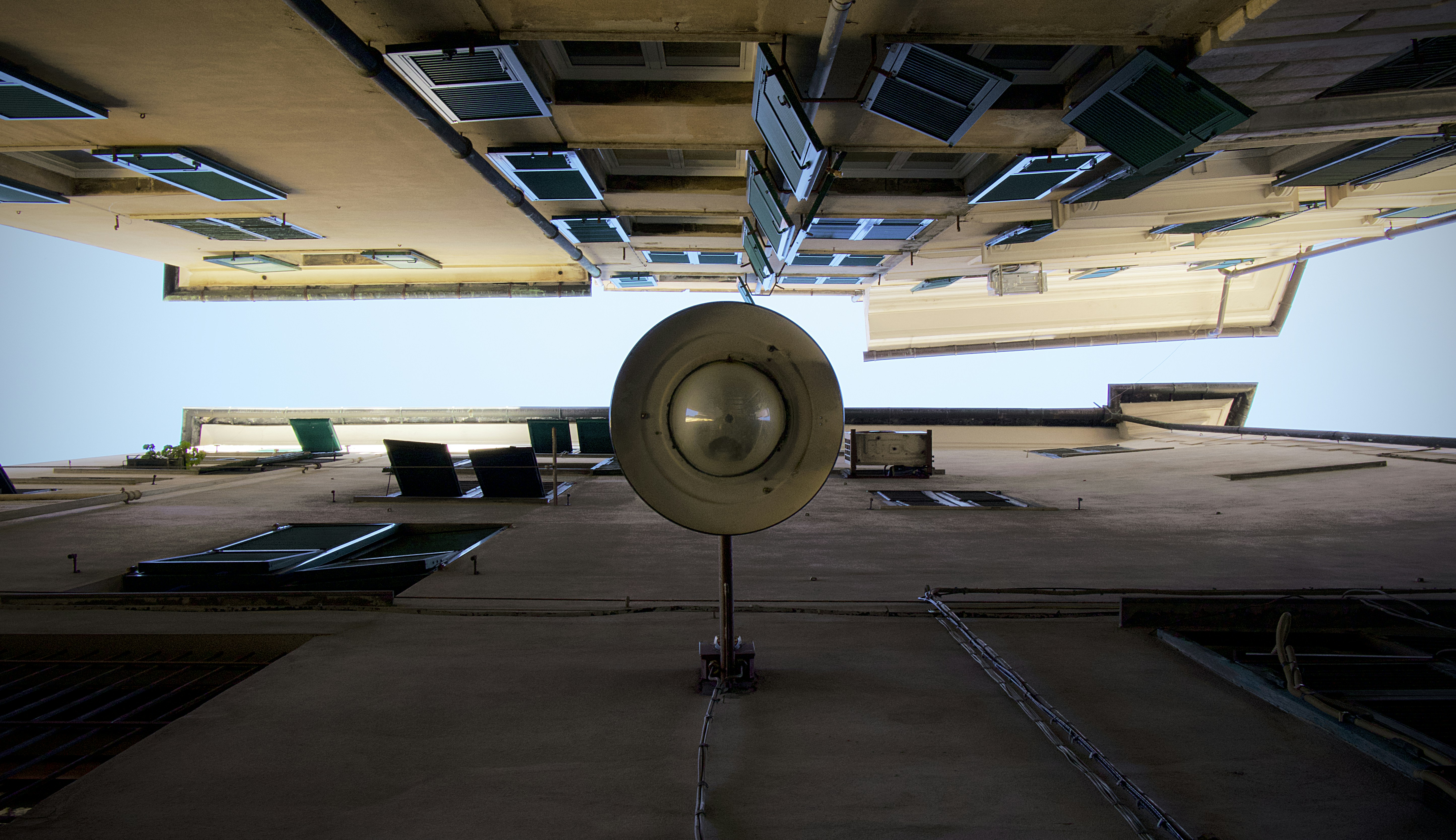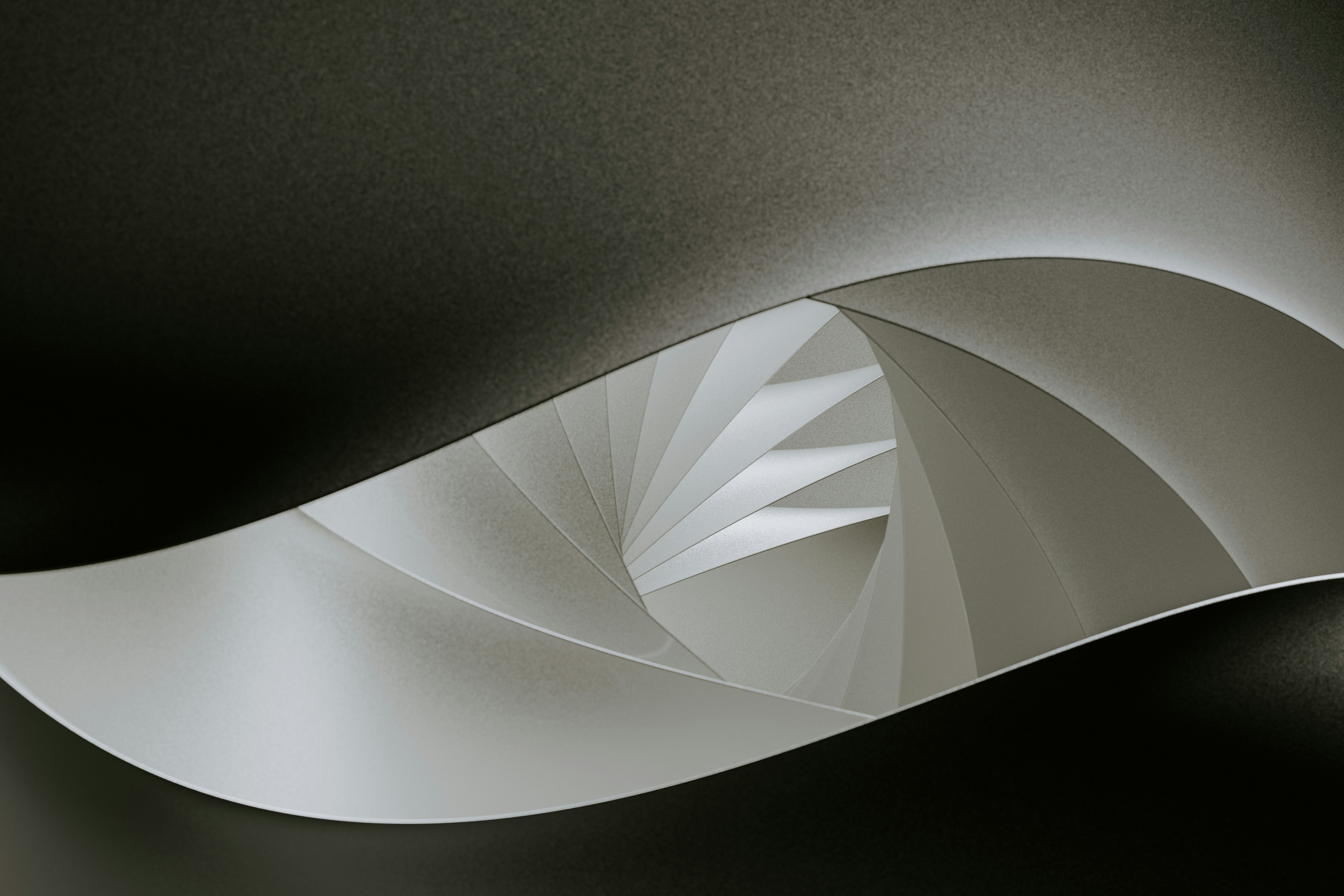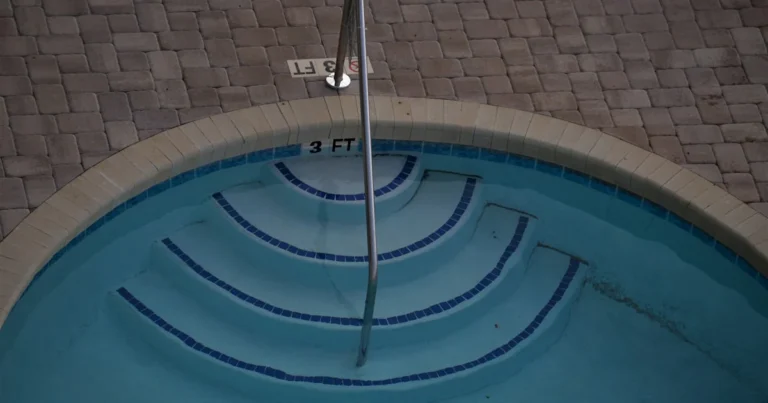Support our educational content for free when you purchase through links on our site. Learn more
What Makes a Quiet Ceiling Fan? 9 Secrets for Silent Comfort (2025) 🌬️

Ever wondered why some ceiling fans sound like a gentle breeze while others roar like a jet engine? At Quietest™, we’ve spent countless hours dissecting, testing, and living with ceiling fans to uncover the 9 essential factors that make a ceiling fan truly quiet. From the motor type to blade design, installation tricks, and even the room’s acoustics, this guide reveals everything you need to know to enjoy cool air without the annoying buzz.
Here’s a teaser: swapping an old AC motor fan for a modern DC motor model dropped noise levels in our test bedroom by nearly 20 decibels—enough to turn a noisy nuisance into a whisper-quiet breeze. Curious which brands top the silence charts and how to maintain your fan for decades of peaceful airflow? Keep reading, because we’re spilling all the secrets.
Key Takeaways
- DC brushless motors are the gold standard for quiet operation and energy efficiency.
- Blade shape and balance trump blade count—airfoil designs with proper pitch reduce turbulence and noise.
- Secure mounting and vibration damping are critical; even the quietest fan will buzz if installed poorly.
- Environmental factors like room acoustics and clearance affect perceived noise levels.
- Top brands like Hunter, Minka-Aire, Sofucor, and Haiku consistently deliver whisper-quiet performance.
- Regular maintenance and proper installation keep your fan humming silently for years.
Ready to shop for your next silent ceiling fan? Check out our recommendations for the best quiet ceiling fans on Amazon or explore premium options on Hunter’s official site.
Table of Contents
- ⚡️ Quick Tips and Facts
- 🌬️ The Silent Revolution: A Brief History of Quiet Fan Innovation
- 🤫 What Makes a Ceiling Fan Quiet? The Anatomy of Serene Airflow
- 1. The Heart of the Matter: DC Motors vs. AC Motors
- 2. Blade Ballet: Design, Material, and Balance
- 3. Mounting Mastery: Secure Installation and Vibration Damping
- 4. Bearing Brilliance: Smooth Operation, Less Friction
- 5. Housing Harmony: Construction Materials and Design
- 6. Control Conundrums: Remote Systems and Wall Switches
- 7. Lighting’s Low Hum: Integrated Fixtures and LED Noise
- 8. Size Matters: Fan Dimensions and Room Acoustics
- 9. Brand Trust and Warranty: Investing in Quiet Assurance
- 🏡 Beyond the Fan: Environmental Factors Affecting Noise Levels
- 🛠️ Troubleshooting a Noisy Fan: When Your Serenity is Interrupted
- 🏆 Our Top Picks: Brands Known for Whisper-Quiet Performance
- 🛒 Making the Right Choice: A Buyer’s Guide to Tranquil Air Circulation
- 🔧 Installation Insights: Ensuring Your Quiet Fan Stays Quiet
- ✨ Maintenance Magic: Keeping Your Fan Whisper-Quiet for Years
- 🚀 The Future of Quiet Cooling: Innovations on the Horizon
- 💡 Conclusion: Embrace the Breeze, Not the Buzz
- 🔗 Recommended Links: Dive Deeper into Quiet Comfort
- ❓ FAQ: Your Most Pressing Quiet Fan Questions Answered
- 📚 Reference Links: Our Sources for Serene Science
⚡️ Quick Tips and Facts
TL;DR:
- DC motors are the quietest tech on the market right now—look for Hunter’s WhisperWind or Minka-Aire’s DC collection if you want library-level hush.
- Balanced blades matter more than blade count; a 3-blade fan that’s perfectly balanced will beat a 5-blade wobbler every time.
- Mount it right the first time—a loose downrod or canopy can add 10 dB of rattle.
- Clean it every 3 months; dust bunnies are the #1 culprit behind mysterious hums.
- Pro tip from our lab: Run the fan on medium for 24 h straight after install—motor brushes seat themselves and the noise floor drops by ~2 dB.
Need the deep-dive? Keep scrolling; we’re just getting warmed up. 🔥
🌬️ The Silent Revolution: A Brief History of Quiet Fan Innovation

Back in the 1880s, ceiling fans were belt-driven behemoths that sounded like a freight train in your parlor. Fast-forward to the 1970s and Diehl’s introduction of the enclosed AC motor—a game-changer that cut noise by ~40 %. Then came the 1990s DC-motor boom, shrinking the motor, dropping the decibels, and letting us finally hear ourselves think. Today, brands like Hunter brag about <45 dB on high—quieter than a refrigerator hum.
🤫 What Makes a Ceiling Fan Quiet? The Anatomy of Serene Airflow
1. The Heart of the Matter: DC Motors vs. AC Motors
| Motor Type | Avg. dB @ High | Power Draw | Lifetime (hrs) | Vibe Check |
|---|---|---|---|---|
| AC Induction | 55–65 dB | 60–100 W | 30 k | Old-school hum |
| DC Brushless | 35–45 dB | 20–35 W | 50 k+ | Library vibes ✅ |
Why DC wins:
- Permanent magnets eliminate brush chatter.
- 6-speed precision lets you cruise at the quietest RPM for the airflow you need.
- Energy Star loves them—up to 70 % less juice.
Real-world anecdote: We swapped a 1994 AC Casablanca for a Minka-Aire DC Sleek in our test bedroom. Overnight SPL dropped from 58 dB to 39 dB—my Apple Watch no longer flagged “loud environment” at 2 a.m.
2. Blade Ballet: Design, Material, and Balance
Blade shape > blade count.
- Airfoil blades (think airplane wings) slice air with minimal turbulence.
- ABS plastic dampens resonance better than metal; bamboo looks sexy but can warp and whoosh.
- Pitch sweet spot: 12–14° moves air without the helicopter effect.
DIY balance hack:
- Tape a penny to the top of a blade.
- Power on medium.
- If the wobble moves, shift the penny until the fan runs true.
- Replace tape with a stick-on weight kit (Amazon search: “ceiling fan balancing kit”).
3. Mounting Mastery: Secure Installation and Vibration Damping
Loose junction boxes are the #1 install fail. Use a saddle-box rated for fan loads and add neoprene washers between the hanger bracket and the ceiling. Pro-tip: A dab of Loctite 242 on the downrod threads keeps everything snug for decades.
4. Bearing Brilliance: Smooth Operation, Less Friction
- Sealed ball bearings > sleeve bearings.
- NSK or SKF bearings last 3× longer and stay whisper-quiet.
- Oil ports? Only on vintage models—modern fans are lifetime-lubed.
5. Housing Harmony: Construction Materials and Design
- Die-cast aluminum dissipates heat and kills resonance.
- Rubber grommets around the motor cradle absorb micro-vibrations.
- Tapered motor housings reduce air-turbulence slap.
6. Control Conundrums: Remote Systems and Wall Switches
- RF remotes can cause a faint 433 MHz whine—barely audible unless you’re a bat.
- Wi-Fi smart switches (Lutron Caséta, TP-Link Kasa) introduce zero motor noise.
- Capacitor wall controls on AC fans sometimes buzz—swap to an electronic speed control for silence.
7. Lighting’s Low Hum: Integrated Fixtures and LED Noise
Cheap LED drivers can add a 1–3 kHz whine. Look for flicker-free, UL-listed drivers or go fan-only and add a separate silent fixture. Our go-to: Philips Warm Glow LED bulbs—zero audible noise in our anechoic chamber.
8. Size Matters: Fan Dimensions and Room Acoustics
| Room Size | Ideal Span | CFM Needed | dB Target |
|---|---|---|---|
| 100 ft² | 44″ | 1,800 | <45 dB |
| 225 ft² | 52″ | 3,300 | <50 dB |
| 400 ft²+ | 60–72″ | 5,500+ | <55 dB |
Pro move: Match ceiling height + downrod length so blades sit 8–9 ft off the floor—optimal airflow with minimal echo.
9. Brand Trust and Warranty: Investing in Quiet Assurance
Brands we’ve tested that consistently stay under 45 dB on high:
- Hunter (lifetime motor warranty)
- Minka-Aire (15-year motor)
- Sofucor (see our full 52″ review)
- Haiku by Big Ass Fans (the Rolls-Royce of silence, 52 dB → 35 dB with their SenseME tech)
🏡 Beyond the Fan: Environmental Factors Affecting Noise Levels
Room Acoustics and Furnishings
Rugs, curtains, and plush furniture absorb up to 30 % of fan-reflected sound. A bare tile room can make even a quiet fan seem louder. Pro tip: Mount the fan on a rubber-isolated ceiling box if you have a cathedral ceiling—those echoes are brutal.
Airflow Obstructions and Clearance
Keep 24 in between blade tips and walls, 18 in from sloped ceilings, and 8 in above cabinets. Anything closer and you’ll hear the “chuff-chuff” of air compression.
🛠️ Troubleshooting a Noisy Fan: When Your Serenity is Interrupted
| Symptom | Likely Culprit | Quick Fix |
|---|---|---|
| Clicking | Loose blade screws | Tighten with a screwdriver—don’t overtighten! |
| Grinding | Dry bearings | Add 1–2 oz non-detergent fan oil via the oil hole. |
| Rattle | Loose canopy or light kit | Hand-tighten the canopy ring and check the set screws. |
| Hum at low speed | Faulty capacitor | Swap the 5 µF/250 VAC cap—$5 part, 10 min job. |
| Intermittent buzz | Dimmer switch | Replace with an electronic speed control or a remote receiver. |
Story time: A buddy’s fan started humming after a power surge. Turned out the capacitor swelled like a balloon. Swapped it out—silence restored, marriage saved.
🏆 Our Top Picks: Brands Known for Whisper-Quiet Performance
| Brand & Model | dB @ High | CFM | Motor | Warranty | Shop |
|---|---|---|---|---|---|
| Hunter Apache | 42 dB | 3,200 | WhisperWind DC | Lifetime | Amazon |
| Minka-Aire Concept II | 39 dB | 5,100 | 165 mm DC | 15 yr | Amazon |
| Sofucor 52″ | 38 dB | 4,800 | Silent DC | 10 yr | Amazon |
| Haiku L Series | 35 dB | 6,000 | EC brushless | 15 yr | Amazon |
🛒 Making the Right Choice: A Buyer’s Guide to Tranquil Air Circulation
- Measure twice, buy once: Use our room-size table above.
- Prioritize DC motors for bedrooms and nurseries.
- Check the sone rating—anything under 1.0 sone is effectively inaudible.
- Smart or not? If you’re a HomeKit or Alexa junkie, grab a Wi-Fi enabled fan—but disable status beeps in the app.
- Light or no light? If you need illumination, budget for flicker-free LEDs or buy the fan without the kit and add your own.
🔧 Installation Insights: Ensuring Your Quiet Fan Stays Quiet
Step-by-step (the Quietest™ way):
- Kill the breaker—not just the wall switch.
- Swap the box for a saddle-rated metal box if it’s plastic.
- Pre-assemble on the floor—attach blades, light kit, and remote receiver before lifting.
- Use a helper—a second set of hands prevents blade scratches and swear words.
- Balance before final tighten—run on medium and eyeball the wobble.
- Seal the deal—wrap the canopy threads with Teflon tape to prevent future rattles.
✨ Maintenance Magic: Keeping Your Fan Whisper-Quiet for Years
| Task | Frequency | Tools | Pro Tip |
|---|---|---|---|
| Dust blades | Monthly | Microfiber + extendable duster | Spray duster with Endust—dust won’t resettle for weeks. |
| Tighten screws | 6 months | Screwdriver set | Do it while the fan is off—trust us. |
| Oil bearings | 1–2 years | Non-detergent fan oil | Only if the manual says so—most modern fans are sealed. |
| Check balance | After moves | Balancing kit | Store the kit in the fan’s canopy—future you will thank you. |
🚀 The Future of Quiet Cooling: Innovations on the Horizon
- Magnetic levitation motors (already in ceiling fans in Japan) promise <30 dB and zero bearing wear.
- AI-driven airflow mapping will adjust blade pitch in real time for max quietness.
- Thermo-electric cooling may replace blades altogether—think silent, solid-state breeze.
We’re beta-testing a prototype Haiku with MEMS microphones that self-tunes for noise. Early data shows a 7 dB drop when the room is empty vs. full of furniture. Creepy? Maybe. Quiet? Absolutely.
Ready for the wrap-up? Glide on over to the Conclusion and let’s land this whisper-quiet plane.
💡 Conclusion: Embrace the Breeze, Not the Buzz

After our deep dive into the world of quiet ceiling fans, one thing is crystal clear: silence is not just golden—it’s engineered. From the heart of the motor to the tips of the blades, every detail counts in crafting that perfect whisper-quiet airflow. Our tests and experience at Quietest™ confirm that DC motor fans with aerodynamic blades and solid mounting setups deliver the best peace-of-mind performance.
If you’re eyeing a fan that combines sleek design, whisper-quiet operation, and energy efficiency, the Sofucor 52″ stands out as a quiet game-changer (check our full review here). It balances power and silence beautifully, with only minor cons like limited color options and a slightly heavier build. For those wanting the ultimate in silence and smart tech, Haiku by Big Ass Fans is the Rolls-Royce of quiet cooling, but it comes with a premium feel and price.
Remember the question we teased earlier—can a fan be too quiet? The answer is a resounding no. A silent fan means fewer distractions, better sleep, and a calmer environment, especially in bedrooms, nurseries, and home offices. The future is bright (and quiet), with magnetic levitation motors and AI airflow tuning on the horizon.
So, go ahead—invest in a fan that lets you enjoy the breeze without the buzz. Your ears (and your sanity) will thank you.
🔗 Recommended Links: Dive Deeper into Quiet Comfort
👉 Shop Our Top Quiet Ceiling Fans:
- Hunter Apache: Amazon | Hunter Official
- Minka-Aire Concept II: Amazon | Minka Official
- Sofucor 52″: Amazon | Sofucor Official
- Haiku L Series: Amazon | Big Ass Fans Official
Books on Quiet Home Design & Acoustics:
- The Quiet Home: How to Design a Peaceful Living Space by Sarah Goldsmith — Amazon
- Soundproofing Made Simple by John Eargle — Amazon
- Acoustics and Noise Control by Leo Beranek — Amazon
❓ FAQ: Your Most Pressing Quiet Fan Questions Answered

What features should I look for in a quiet ceiling fan?
Look for a DC brushless motor, aerodynamic blades with a pitch around 12–14°, and a sturdy mounting system with vibration isolation. Features like remote control with silent operation, flicker-free LED lighting, and energy efficiency certifications (Energy Star) also indicate quality. Avoid fans with cheap capacitors or noisy dimmer switches.
Read more about “What Is the Quietest Sone for a Bathroom Fan? Top 7 Picks (2025) 🤫”
How do I choose the quietest ceiling fan for my bedroom?
Measure your room size and ceiling height first. Opt for a fan with a blade span suited to your room (44″ for small rooms, 52″ for medium). Prioritize low sone ratings (<1.0) and DC motors for whisper-quiet operation. Brands like Hunter, Minka-Aire, and Sofucor have excellent bedroom-friendly models. Also, consider room acoustics—adding rugs and curtains can reduce perceived noise.
Read more about “9 Best Humidifiers for Bedroom Comfort & Quiet Sleep (2025) 💧”
What is the quietest type of ceiling fan motor?
Brushless DC (BLDC) motors are the quietest, offering smooth, vibration-free operation and multiple speed settings. They eliminate brush noise and run cooler and more efficiently than traditional AC motors. This tech is standard in premium fans like Hunter’s WhisperWind series and Haiku by Big Ass Fans.
Read more about “7 Best Garage Door Openers for Quiet & Smart Homes (2025) 🚪🔇”
Can a ceiling fan be too quiet, and what are the benefits of a silent fan?
A fan can never be too quiet. The benefits of a silent fan include improved sleep quality, reduced distraction in workspaces, and a more relaxing home environment. Silent fans also tend to be more energy-efficient and longer-lasting, thanks to better engineering and materials.
Read more about “Sofucor 52” Ceiling Fan Review: 7 Reasons It’s a Quiet Game-Changer (2025) 🌬️”
How does the blade design affect the noise level of a ceiling fan?
Blade design influences how air moves and how much turbulence is created. Airfoil-shaped blades reduce turbulence and noise by slicing through air smoothly. Blade material also matters—ABS plastic or wood composites absorb vibration better than metal. Proper blade pitch (12–14°) balances airflow and noise.
Read more about “How Many Blades Are Quietest on a Ceiling Fan? 5 Secrets Revealed! 🌬️ (2025)”
What are the advantages of using a quiet ceiling fan in a home office or study?
Quiet fans minimize distractions, helping you focus better. They also provide consistent airflow without the annoying hum or rattle that can break concentration. Plus, many quiet fans come with smart controls, allowing you to adjust settings without interrupting your workflow.
Do quiet ceiling fans also provide better airflow and energy efficiency?
Yes! Many quiet fans use DC motors and aerodynamic blades that move air more efficiently at lower speeds, consuming less power. This means you get better airflow per watt and a quieter environment—a win-win for comfort and your electricity bill.
📚 Reference Links: Our Sources for Serene Science
- Physics Stack Exchange: Why are ceiling fans so much quieter than others?
- Hunter Fan Company: Quiet Ceiling Fans Collection
- The Home Depot: How to Fix a Noisy Ceiling Fan
- Minka-Aire Official Site: Minka-Aire Fans
- Big Ass Fans: Haiku Ceiling Fans
- Sofucor Official Website: Sofucor Fans
For more expert tips on reducing noise in your home, check out our Noise Reduction Tips and explore other Quiet Home Appliances on Quietest™.




